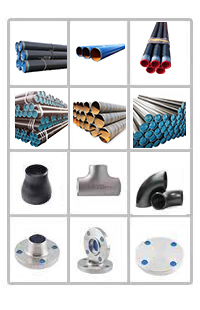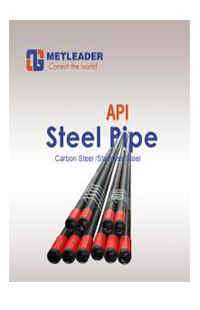How to made four-way pipe fittings
Cross pipe fittings are a kind of pipe fittings used at the branch of pipelines. For the manufacture of spools using seamless pipes, the currently commonly used processes include hydraulic bulging and hot pressing.1. Hydraulic bulging
The hydraulic bulging of the four-way is a forming process of expanding the branch pipe through the axial compensation of the metal material. The process is to use a special hydraulic press to inject liquid into the tube blank with the same diameter as the spool, and to extrude the tube blank through the synchronous centering movement of the two horizontal side cylinders of the hydraulic press. The pressure of the liquid in the mold increases as the volume of the tube blank becomes smaller. When the pressure required for the expansion of the four-way branch pipe is reached, the metal material flows along the cavity of the mold under the dual action of the side cylinder and the liquid pressure in the tube blank to expand the branch pipe.
The hydraulic bulging process of the four-way can be formed at one time, and the production efficiency is high; the wall thickness of the main pipe and the shoulder of the cross is increased. Due to the large tonnage of equipment required for the hydraulic bulging process of seamless spools, it is currently mainly used in the manufacture of spools with standard wall thickness less than DN400 in China. The applicable forming materials are low carbon steel, low alloy steel and stainless steel with relatively low cold work hardening tendency, including some non-ferrous metal materials such as copper, aluminum, titanium, etc.
2. Hot press forming
Four-way hot press forming is to flatten the tube blank larger than the diameter of the four-way to the size of the diameter of the four-way, and open a hole in the part of the drawing branch; The die is loaded into the drawing branch pipe; the tube blank is radially compressed under the action of pressure. During the process of radial compression, the metal flows in the direction of the branch pipe and forms the branch pipe under the stretching of the die. The whole process is formed by the radial compression of the tube blank and the stretching process of the branch pipe.
Different from the hydraulic bulging spool, the metal of the hot-pressed spool branch pipe is compensated by the radial movement of the tube blank, so it is also called the radial compensation process. Since the spool is pressed after heating, the tonnage of equipment required for material forming is reduced. Hot-pressed spools have wide adaptability to materials, and are suitable for low-carbon steel, alloy steel, and stainless steel materials; especially spools with large diameters and thick tube walls, this forming process is usually used.









